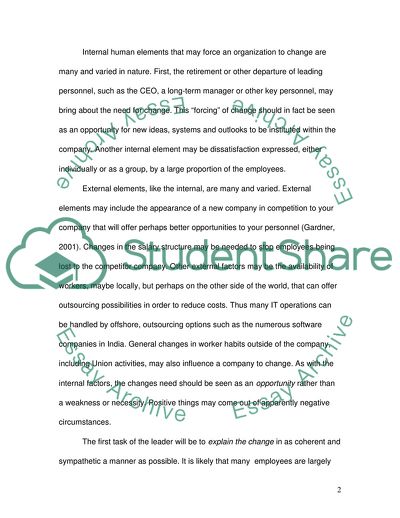Cite this document
(Change Plans and Projects with an Organization Term Paper, n.d.)
Change Plans and Projects with an Organization Term Paper. Retrieved from https://studentshare.org/human-resources/1706068-managing-people-change-part-2
Change Plans and Projects with an Organization Term Paper. Retrieved from https://studentshare.org/human-resources/1706068-managing-people-change-part-2
(Change Plans and Projects With an Organization Term Paper)
Change Plans and Projects With an Organization Term Paper. https://studentshare.org/human-resources/1706068-managing-people-change-part-2.
Change Plans and Projects With an Organization Term Paper. https://studentshare.org/human-resources/1706068-managing-people-change-part-2.
“Change Plans and Projects With an Organization Term Paper”, n.d. https://studentshare.org/human-resources/1706068-managing-people-change-part-2.


